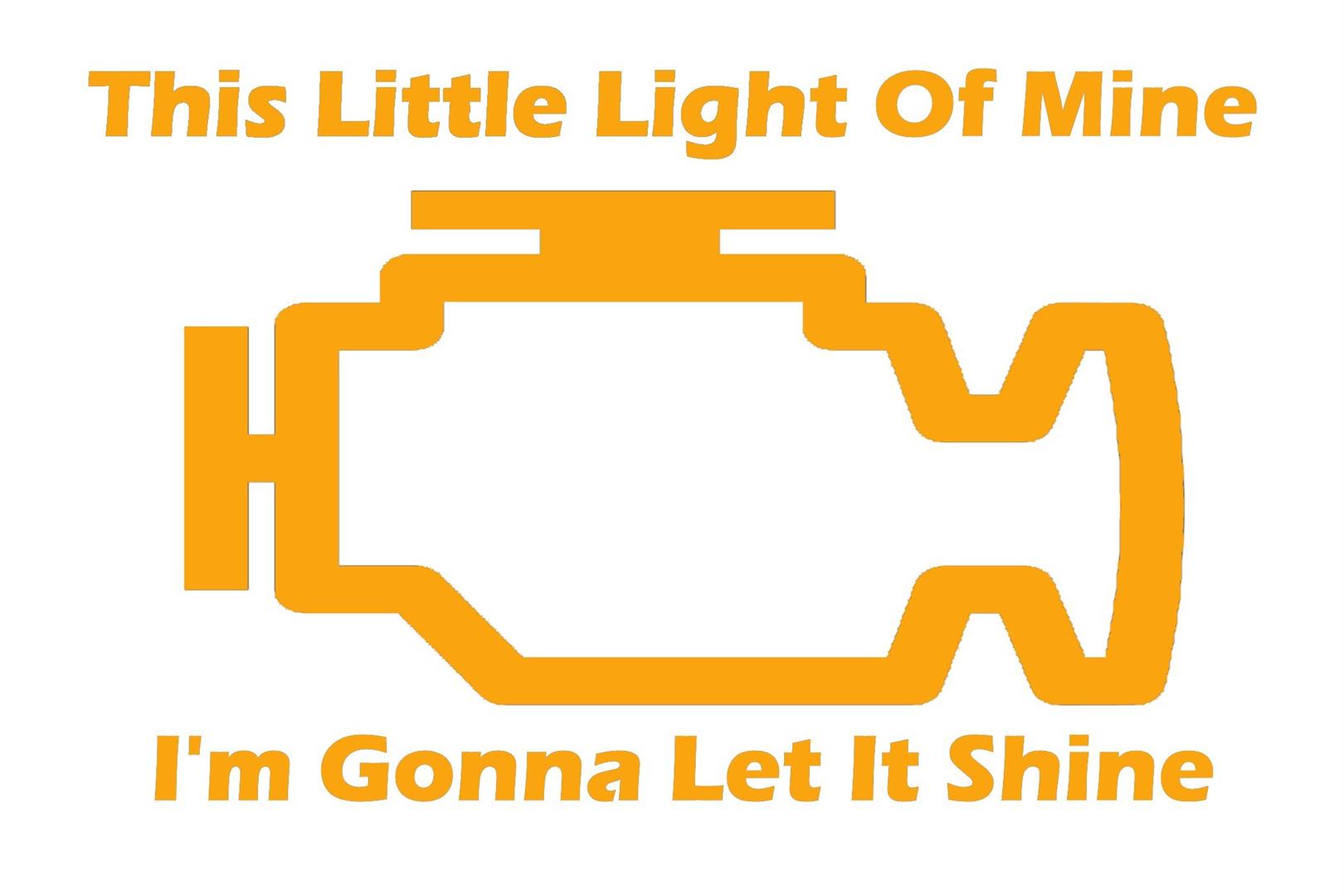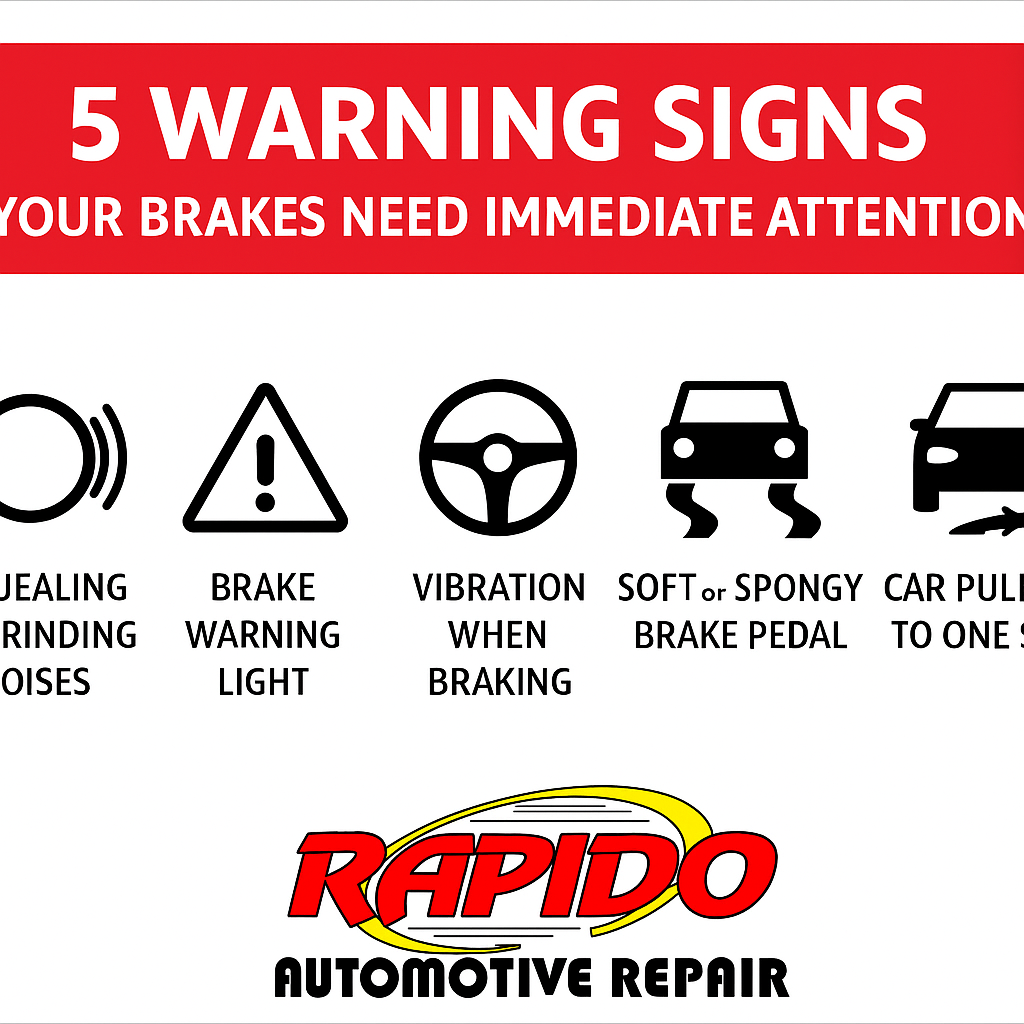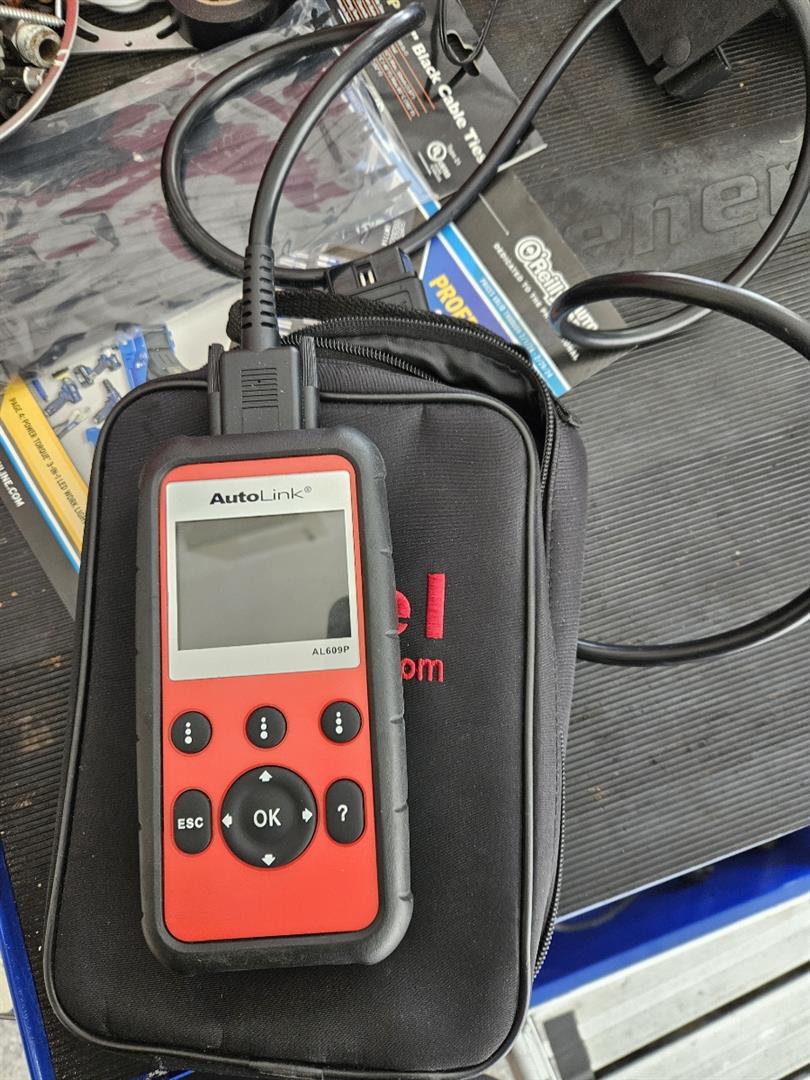Posted on 12/4/2025

Top 7 Reasons Your Check Engine Light Comes On — And Why You Shouldn’t Panic (Yet!) By Rapido Automotive Repair – St. Petersburg, FL Let’s be honest — nothing ruins a perfectly good Florida day like that little Check Engine Light suddenly glowing on your dash. It never pops up when you're bored at home. Nope — it waits until: you're late for work you're on the Skyway Bridge or you're finally in your A/C enjoying life Good news? Most of the time, it’s fixable… and sometimes it’s even something ... read more
Posted on 9/4/2025

A Driver’s Guide to Brake Maintenance and Safety Your brakes are the single most important safety feature on your vehicle. Whether you’re driving across town or taking a long road trip, properly maintained brakes can mean the difference between avoiding an accident and facing a dangerous situation. At Rapido Automotive Repair, we believe that brake safety isn’t just about vehicle care—it’s about protecting lives. Why Brake Maintenance Matters Brakes work hard every time you get behind the wheel. From stop-and-go traffic to sudden emergency stops, your braking system is constantly under pressure. Over time, brake pads wear thin, rotors can warp, and fluid may lose effectiveness. Ignoring these signs doesn’t just affect performance—it can put you and your passengers at risk. Imagine cruising down the highway when traffic suddenly slows. With strong, well-maintained brakes, you stop smoothly and safely. But with worn pads or l ... read more
Posted on 5/29/2025

5 Warning Signs Your Brakes Need Immediate Attention At Rapido Automotive Repair, your safety is our top priority. Your vehicle's brake system is critical — and recognizing the warning signs of brake trouble can help you avoid costly repairs and dangerous situations. If you notice any of these symptoms, don’t wait — bring your vehicle in for an inspection. 🚨 1. Squealing or Grinding Noises If you hear high-pitched squeals or grinding when you apply the brakes, your brake pads may be worn down. Ignoring this can damage your rotors and increase your repair costs. ⚠️ 2. Brake Warning Light Your dashboard brake light isn’t just for show. If it’s on, your system is alerting you to a potential issue — whether it’s low brake fluid, worn pads, or something more serious. 🛑 3. Vibration When Braking Feeling a vibration or pulsing in your brake pedal could mean warped rotors. It’s a clear ... read more
Posted on 7/12/2024

Stay Cool: A Fun Guide to Car A/C Service and the New Freon 1234yf Hey there, car enthusiasts! Ever wonder why your car's A/C isn't blasting that icy breeze you crave on a hot day in St. Petersburg, Florida? Let's dive into the world of car A/C service, the new magic potion called Freon 1234yf, and how Rapido Automotive Repair has everything you need to keep cool. Why Do New Cars Use Freon 1234yf? Picture this: Freon is like the secret ingredient in your car’s A/C that makes everything cool. But, not all Freon is created equal. Newer cars are using a special type called 1234yf. Why? Because it’s super eco-friendly! Older Freons (like R-134a) are bad for the environment— they can cause more damage to the ozone layer. But 1234yf is like the eco-hero of Freons, doing its job without harming our planet. Plus, it's required by law in newer models, so if you've got a shiny new ride, chances are you’ve g ... read more
Posted on 2/5/2024

Diagnosing your vehicle using the trouble codes (P-codes) retrieved from an OBD-II (On-Board Diagnostics) scanner involves a systematic approach. Here's a step-by-step guide on how to proceed: 1. Retrieve the Trouble Codes: Connect the OBD-II scanner to your vehicle's OBD-II port, usually located under the dashboard. Follow the scanner's instructions to retrieve the trouble codes. Write down or take a picture of the codes displayed. These codes typically start with a letter (P for powertrain, C for chassis, B for body, and U for network). 2. Research the Codes: Use online resources, such as OBD-II code databases or the vehicle's service manual, to research the specific trouble codes you obtained. Understanding the codes will give you insight into the nature of the problem. 3. Identify the System or Component: Determine which system or component the trouble code is associated with. For example, if you have a P0301 co ... read more